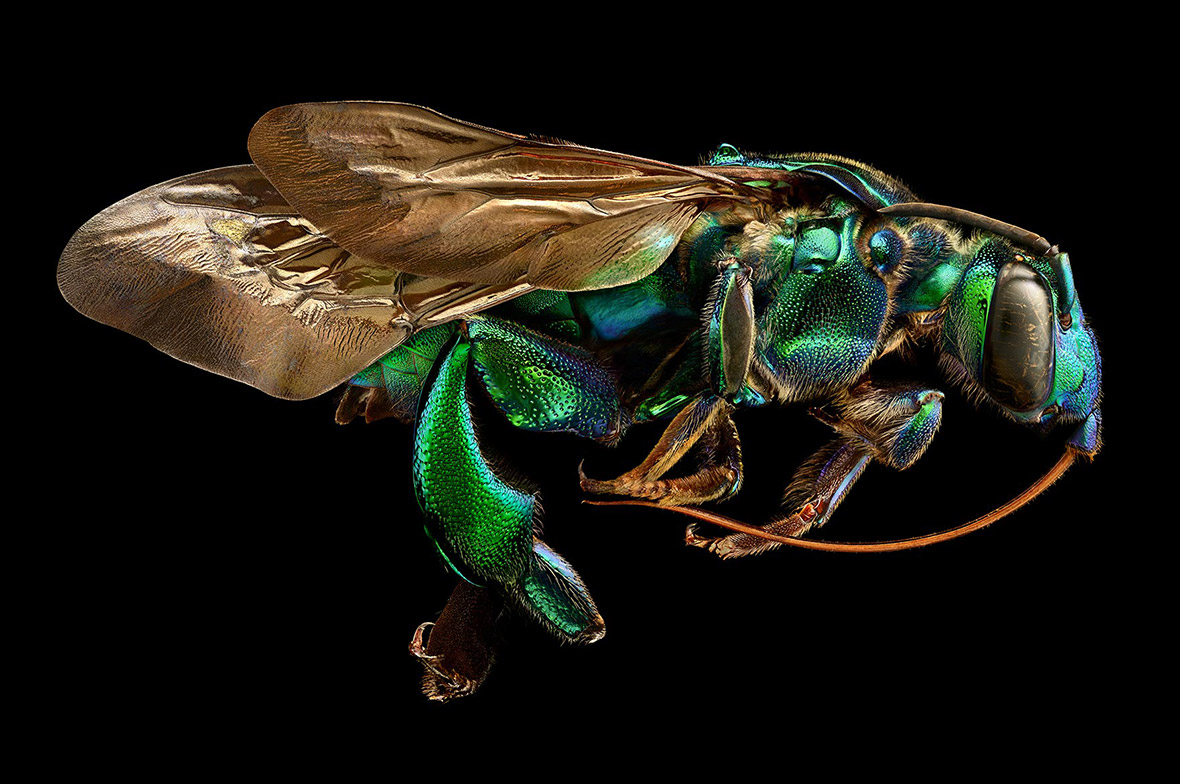


- MACRO PHOTOGRAPHY BUGS HOW TO
- MACRO PHOTOGRAPHY BUGS PRO
- MACRO PHOTOGRAPHY BUGS TRIAL
- MACRO PHOTOGRAPHY BUGS ISO
You will want to research the insect as much as possible to understand its behaviors. Related article: Camera Settings for Cloudy Dayĭo your homework if you have a particular insect in mind. The sun won't be too bright, and you will get cute little dew drops with the insect! Another great time to photograph insects would be a cloudy day after it rained. Not only will they be less active, but you will also get gorgeous morning colors and a nice glow to your photographs. During these times, they will be less active, making it the perfect time to snap a picture of them. Typically, you will find insects out and about in the early morning. Insects are always out, but some insects come out more at certain times. I wrote an entire article dedicated to camera settings, you can read it here: Camera Settings Guide – Best Camera Settings in Photography
MACRO PHOTOGRAPHY BUGS TRIAL
If this setting doesn't work out for you, you should experiment with trial and error.
MACRO PHOTOGRAPHY BUGS ISO
Next, set your ISO to match your lighting, and then your camera should automatically select the best shutter speed. First, you must set your aperture to align with the depth of field you are trying to achieve. It would help to use an aperture priority mode when shooting insects for macro photography. Understand your camera and how its settings work. Let Your Subject Be in Their Natural Habitat.Be Clever with Your Angles and Composition.Research the Insect You're Photographing.
MACRO PHOTOGRAPHY BUGS HOW TO
How to Shoot Macro Photography of Flowers and Insects? These tips can also be used when photographing flowers. Since insects are moving targets, capturing them will take more effort.Ĭheck out this guide to help you take the best macro insect photography to wow your portfolio. One of the more challenging subjects for macro photography is our cute little pesky friends, insects.
MACRO PHOTOGRAPHY BUGS PRO
Go on a safari with pro shooter, Layne Kennedy, who takes you into the macro photography world of shooting insects up close and personal.Macro photography is a fascinating technique that captures close-ups of the photographer's subjects - usually flowers, insects, or human eyes. “If the insect blends into the background,” he says, “you will won’t like the result.” In shooting insects, it’s all about the details. Is the light from the front, the back, or the side? What about shadows? Or contrast? He photographs a white butterfly and makes sure the background is dark. It’s also important to pay attention to the natural lighting. He explains, “Anytime an insect is moving, it usually results in a better image.” Shooting insects means getting down to their level, crouching, kneeling, or flat on your belly. Layne shoots a caterpillar crawling across a leaf. Caterpillars hang out on leaves and trees. Bees go from flower to flower to soak up the pollen. You will learn to find out where insects hang out. “I get close to my subject quickly, making sure my exposure is dead-on.” He always uses a fast shutter speed and then shoots rapidly until the insect flies away. Layne explores areas cluttered with plants to find his insect subjects. Insects flit around, and you have to keep on the move to follow their activities. When you are shooting insects, Layne suggests discarding the tripod and going hand-held. Do you use the 105mm, the 200mm, or the 55mm? It all depends on how close you can get to your subject. You will learn that the first consideration is the choice of macro lenses. In this video, professional photographer, Layne Kennedy, takes you on a photography safari for shooting insects. There is beauty in these small living creatures, and macro photography will escort you into their world. Dragonflies, bees, caterpillars, insects.


 0 kommentar(er)
0 kommentar(er)
